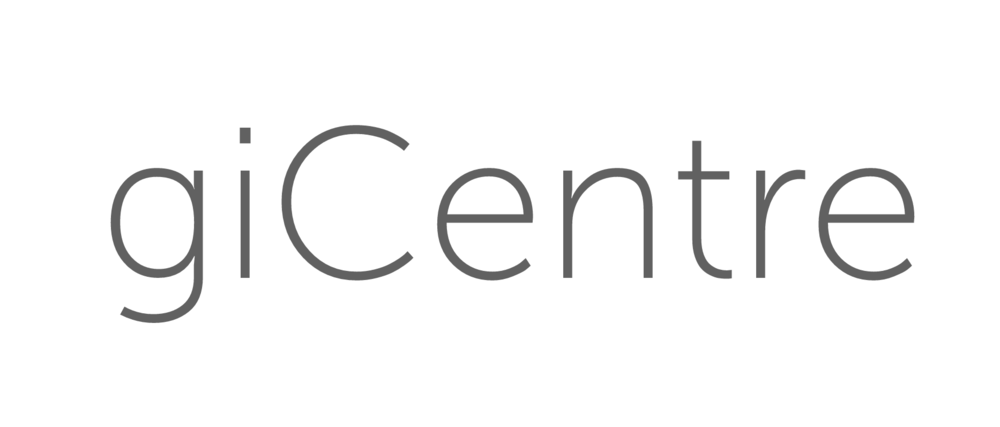Eye-trackers can tell us where people look on a computer screen and are extremely useful in revealing how people interpret content visually and solve visual tasks. The technology used to be prohibitively expensive and institutions often relied on a single eye-tracker shared between many researchers. This meant that eye-tracking studies used to involve few participants doing short tasks. The last few years however brought us a new generation of eye-trackers that are both accurate and sufficiently affordable to be integrated into regular workstations. This paves the way for an entirely new breed of eye-tracking experiments. Data could now be collected from many participants at once, solving naturalistic visual tasks, over long periods of time. Such data is fundamentally different and may facilitate unprecedented insights into how people rely on rich visual content and data to understand, learn, analyze, and decide.
This project is about finding out what such insights are and what infrastructure is necessary to collect such eye-tracking data and analyze it. We will explore these research questions in the context of education by attempting to use data-driven eye-tracking experiments to understand how students learn to program.
Objectives
Design data-driven eye-tracking experiments involving students learning to program; collect eye-tracking data and analyze it;
Develop generalizable visual analytic (and potentially machine learning) methods to analyze large-scale eye-tracking data resulting from such experiments.
Skills/interests
User study design (with emphasis on eye-tracking and education)
Human-centred research
Data handling, analysis, and visualization
Iterative design and development and rapid prototyping of visual analytic tools
Contact
This topic was suggested by Dr Radu Jianu. Please direct further enquiries to the giCentre.
